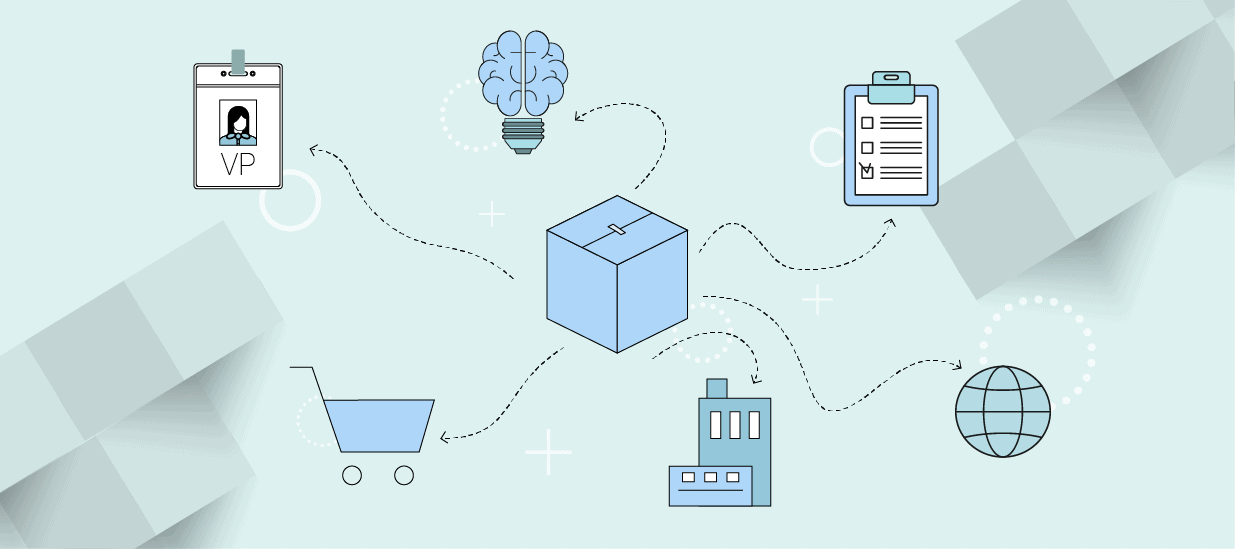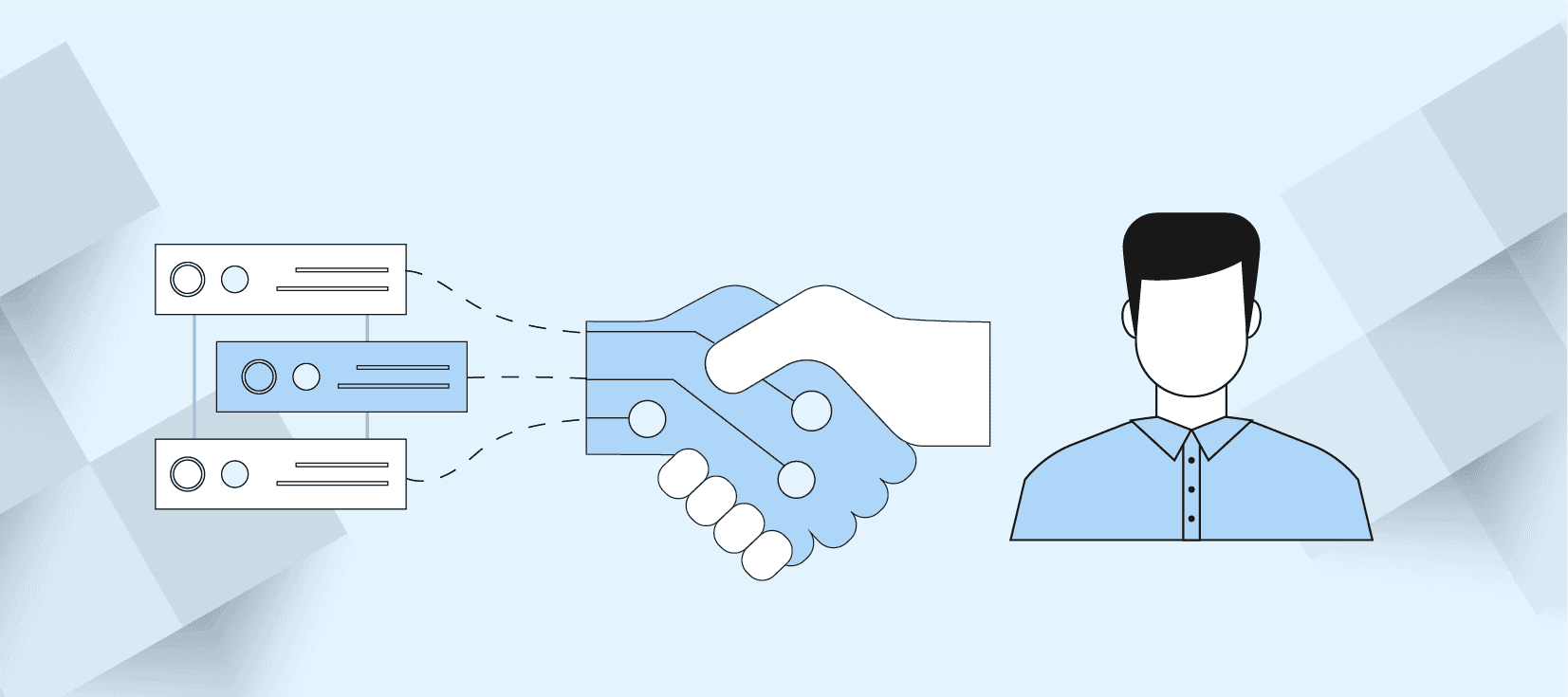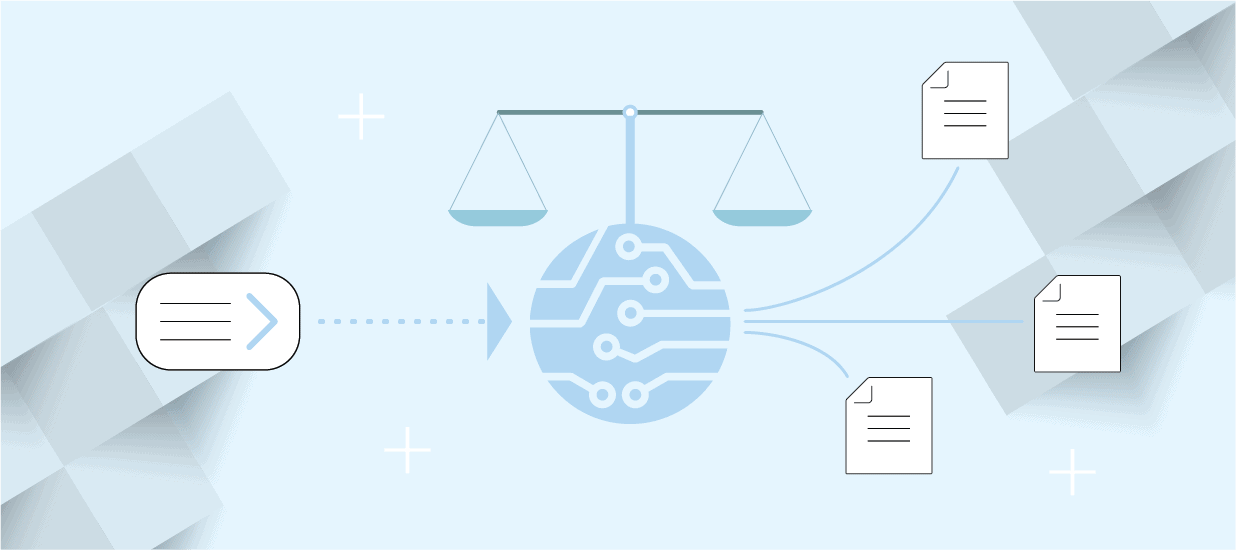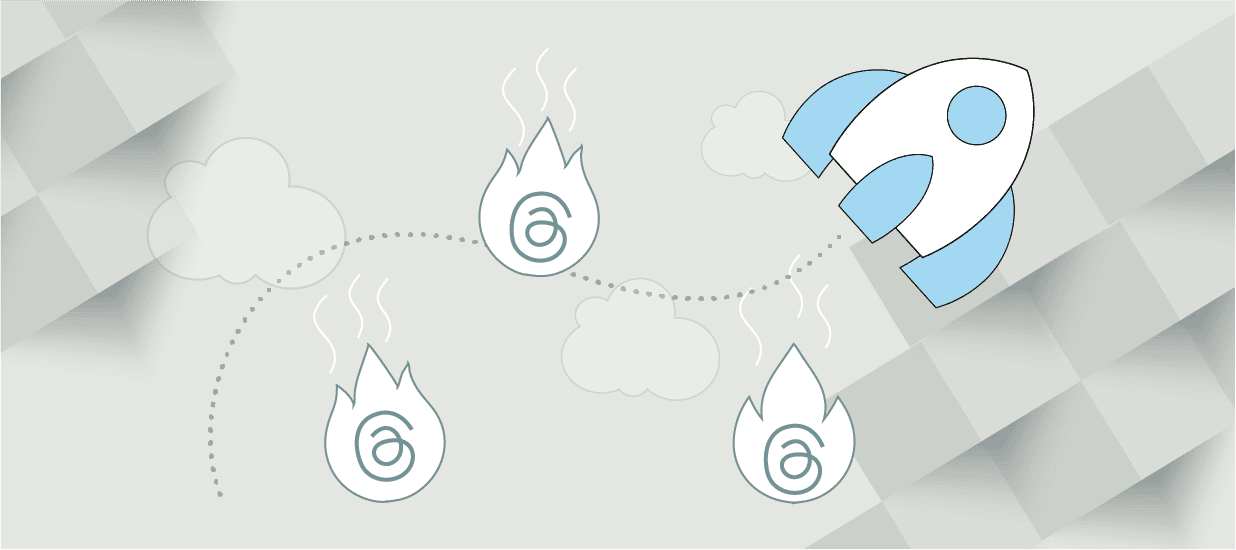5 minute read
Learn the definition of a product distribution strategy and explore specific distribution strategies (with examples).
Product distribution strategies are strategic plans to deliver products to consumers. Distribution can happen through different channels. They may connect with the consumer directly or indirectly through retailers, distributors, or wholesalers. Any company can develop a distribution strategy that fits its needs.
Ready to get started? Read on, or skip to the section you’re most interested in:
- Defining product distribution strategy
- Product distribution strategies with examples
- How to set a distribution strategy for your company
What is a Product Distribution Strategy?
A product distribution strategy can be defined as a strategic plan to deliver products or services to consumers or end-users. Companies can distribute products through direct or indirect distribution strategies. In some situations, companies use multiple types of distribution methods to deliver products to different types of customers. This is an example of an outside-in approach to product distribution. This approach prioritizes the needs and desires of your target market and is essential to a successful product launch.
Types of Product Distribution Strategies
Product distribution strategies methodically plan how companies can use distribution channels to get products to consumers. A distribution channel Is the path that a finished product takes from the development stage to reaching consumers. Distribution channels start with the manufacturer and can include wholesalers, distributors, or retailers. Distribution channels can be physical (such as retail stores) or virtual (such as websites or online marketplaces). Ultimately, they encompass the tactics and players that get a product from its point of origin to the consumer.
Sometimes those products are offered through multiple channels at different price points.
There are many types of product distribution strategies. Here are some of the most common distribution strategies, along with examples of how they work.
What is Direct Product Distribution Strategy?
Direct distribution occurs when the product’s producer and the customer interact directly. In a direct distribution channel, there are no intermediaries. Sales from direct distribution could occur on the company’s website, in a physical store, or through a transaction with the company’s dedicated sales team.
Example of Direct Product Distribution
If a customer buys a pair of Adidas shoes from an Adidas store or through the Adidas website, they are buying through a direct sales channel.
What is an Indirect Product Distribution Strategy?
Indirect distribution occurs when companies use partners, sometimes called value-added resellers, to sell the company’s products. In an indirect distribution channel, a third party acts as an intermediary between the company and the customer.
Indirect distribution partners might bundle products with related products or services. This adds value for the customer because it fulfills multiple needs. There are also subsets of indirect product distribution that may add value to customers.
Example of Indirect Product Distribution
If a customer buys a pair of Adidas shoes from a third-party marketplace like Amazon or Zappos, or purchases them at another retailer like Kohls, they are buying through an indirect sales channel.
Example of Indirect Bundled Product Distribution
If a customer buys a pair of Adidas shoes from Kohls, and Kohls bundles that purchase with KIWI Sneaker Cleaner, it is an indirect distribution bundle. Kohls is acting as the indirect distribution partner and is bundling the Adidas product with a related and complementary product from a different company.
Indirect distribution partners may also integrate related products or services when selling a company’s product.
Example of Indirect Integrated Product Distribution
Best Buy may sell a Dell laptop that contains an Intel graphics driver. The customer knows that they are buying a Dell laptop from Best Buy but may not realize that they are also buying a product produced by Intel. In this situation, Best Buy is the partner, and the Intel graphics driver is the integrated product.
Exclusive Product Distribution
Exclusive distribution occurs when the product manufacturer allows a distribution partner to limit the sales of a product. These exclusive indirect distribution partnerships may limit the product to specific stores, geographic locations, or customer segments. This method is preferred for luxury goods because only having a few distributors protects brand equity by closely balancing supply and demand within an area.
Example of Exclusive Product Distribution
A popular celebrity might launch a new podcast that is only available on a paid distribution platform like Spotify Premium. In this case, Spotify is the distribution partner. This partnership is exclusive because the podcast is only available to paid Spotify subscription users.
Intensive Product Distribution
Intensive distribution occurs when the product manufacturer uses many distribution partners to reach customer segments through different channels. This enables the product to “be everywhere” and available to as many customers as possible. This can help increase brand awareness and change perceptions of the product as an alternative to similar options in the marketplace.
Example of Intensive Product Distribution
Coca-Cola, a global brand with wide appeal, uses many intermediary partners to distribute its products. By partnering with grocery stores, gas stations, restaurants, movie theaters, online ecommerce platforms, and more. Leveraging so many distribution partners and channels allows Coca-Cola to reach many different market segments.
Selective Product Distribution
Selective Distribution occurs when the company carefully chooses its distribution channels to maximize profit and efficiency. This can be considered an extension of the exclusive distribution strategy. However, exclusive distribution focuses on just one distribution channel. Selective indirect distribution may use multiple distribution channels (i.e., wholesale and retail).
Example of Selective Product Distribution
Selective distribution of a product may occur in the B2B space. For example, manufacturers of large construction equipment like Cat may manage sales through direct sales teams or through authorized partners such as sales dealers.
Product Distribution Strategies as Disruption
Some of the biggest market disruptors in the last 20 years weren’t delivering innovative products. Instead, they were delivering familiar products like books and movies in new ways. Companies can use novel distribution strategies to disrupt the market and reach new market segments.
Example of Disruption as Distribution
In the 1990s to mid-200s, Amazon revolutionized ecommerce by selling products directly to consumers at lower prices than traditional retailers, who often charge customers more to cover the overhead costs of operating physical stores. Amazon has also disrupted direct distribution by offering free shipping to customers. Now, free shipping is considered a standard for the ecommerce experience.
How to Set a Product Distribution Strategy
At Pragmatic Institute, we believe that companies can look to their markets to help set distribution strategies. When reviewing market intelligence data, focus on answering these three questions:
- How does your market prefer to purchase your product?
- How do they prefer to receive your product?
- How do they prefer to use your product?
Does the market want to purchase directly on your website, or do they want a more hands-on experience with a salesperson? Do they want to come directly to you to complete the purchase? Or do they prefer to go through a trusted partner? By letting the answers to these questions guide your distribution strategy, you take an outside-in approach that enables you to focus on your market’s preferences.
Author
-

The Pragmatic Editorial Team comprises a diverse team of writers, researchers, and subject matter experts. We are trained to share Pragmatic Institute’s insights and useful information to guide product, data, and design professionals on their career development journeys. Pragmatic Institute is the global leader in Product, Data, and Design training and certification programs for working professionals. Since 1993, we’ve issued over 250,000 product management and product marketing certifications to professionals at companies around the globe. For questions or inquiries, please contact [email protected].
View all posts







